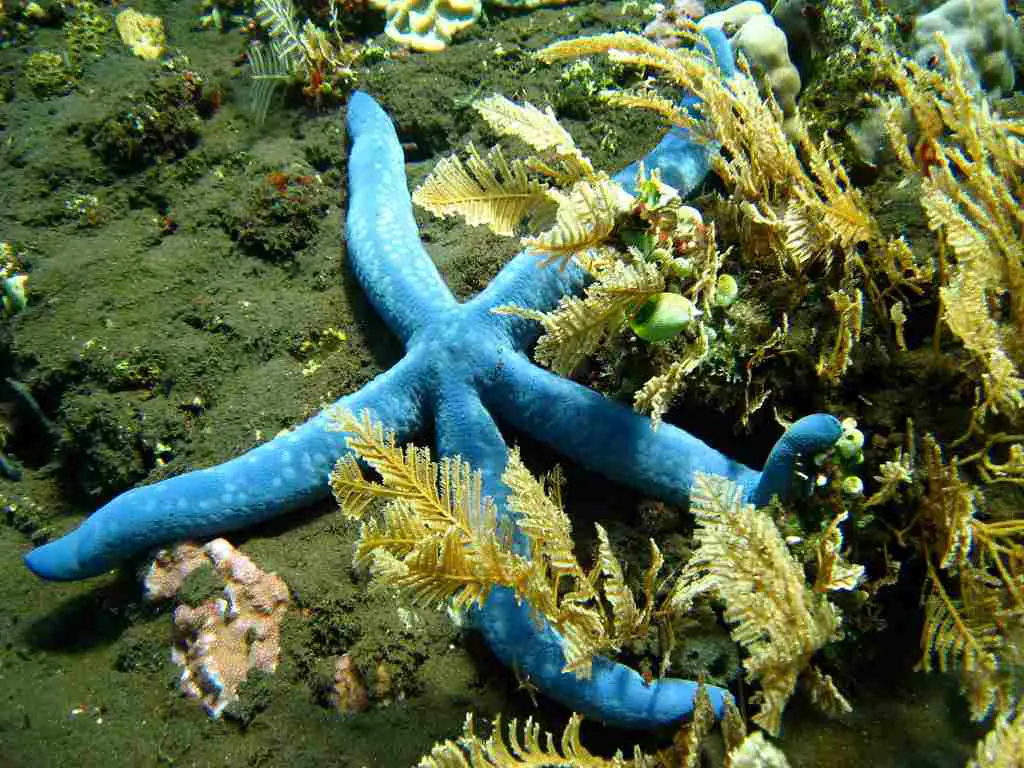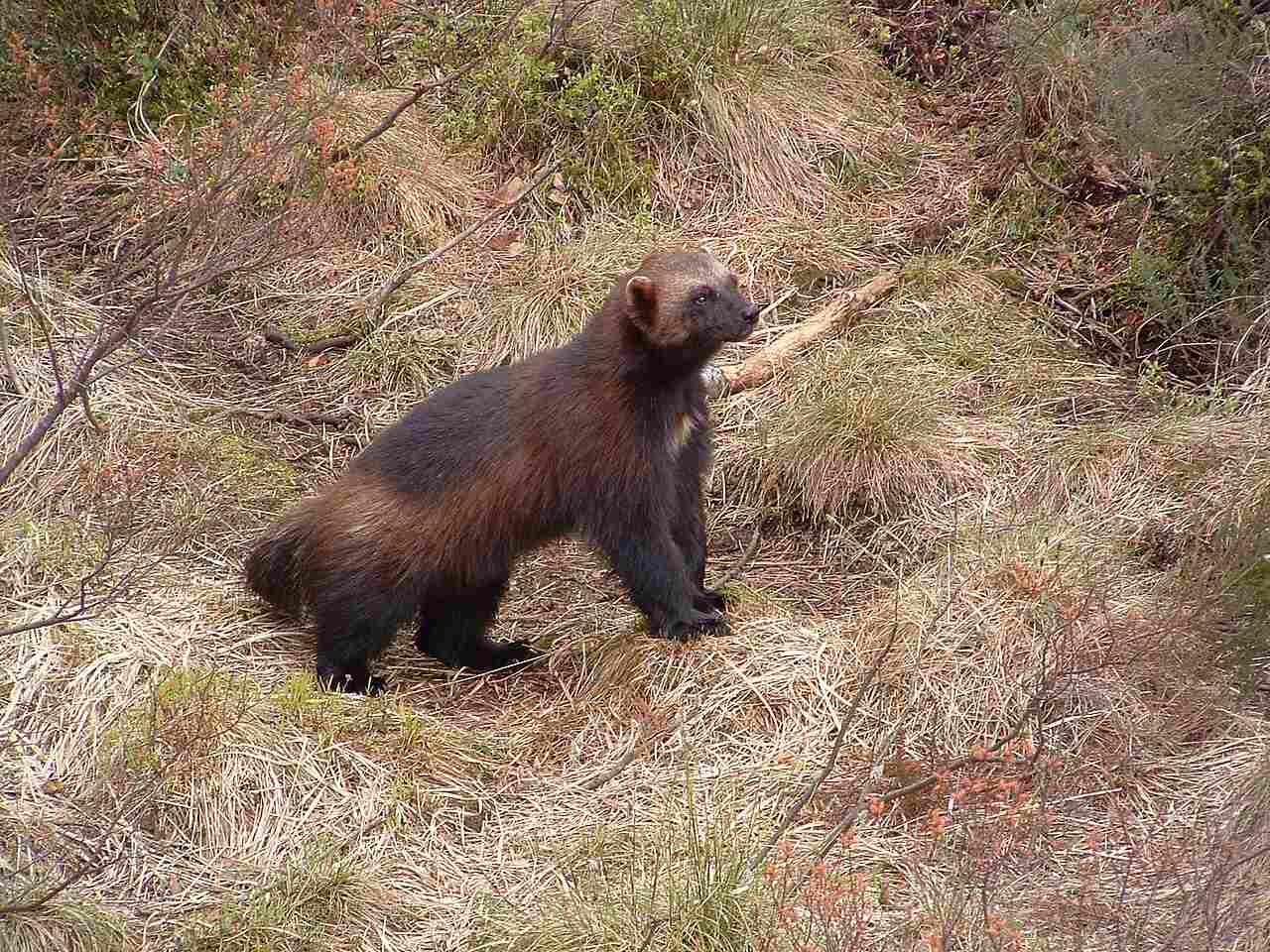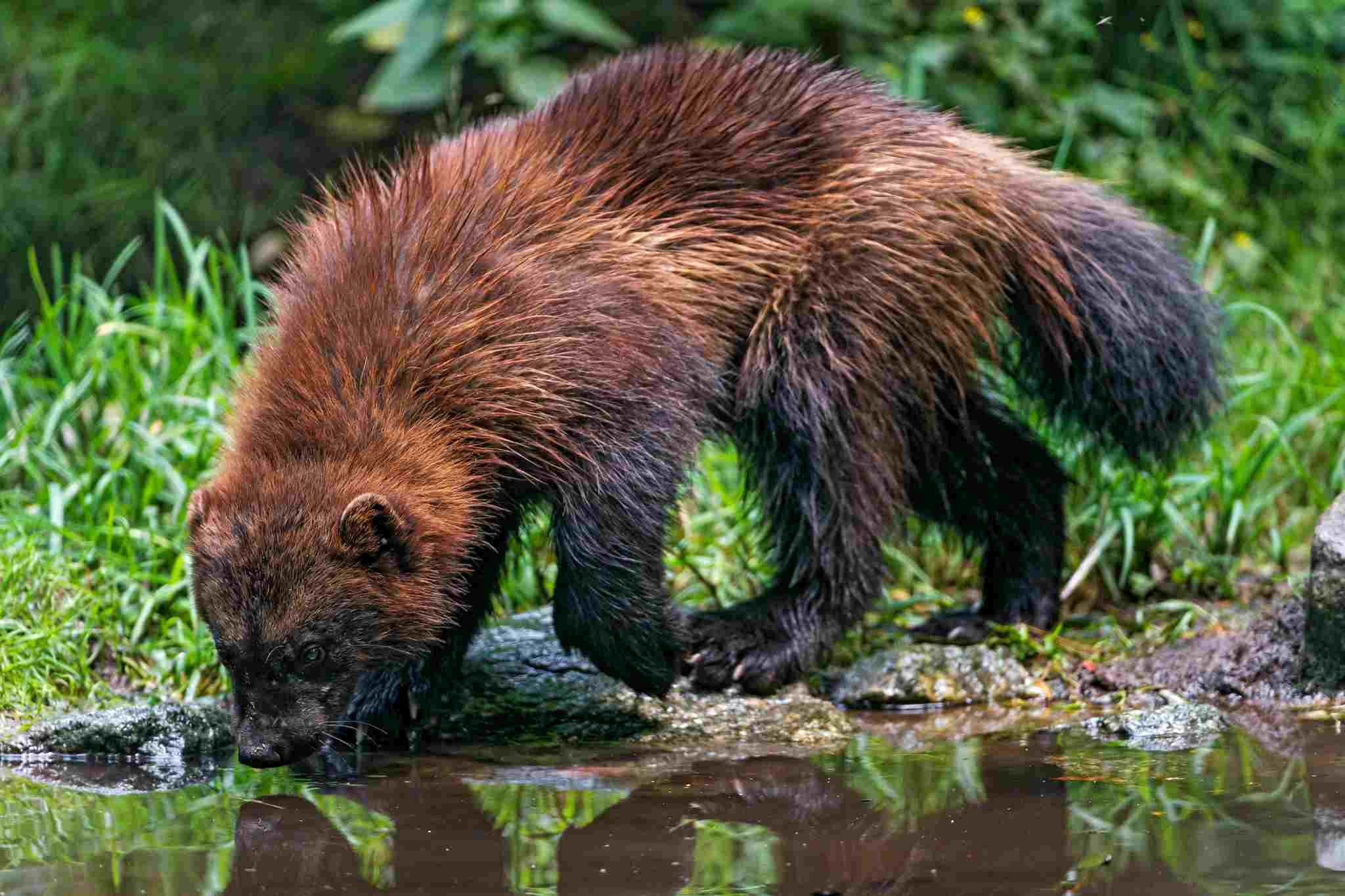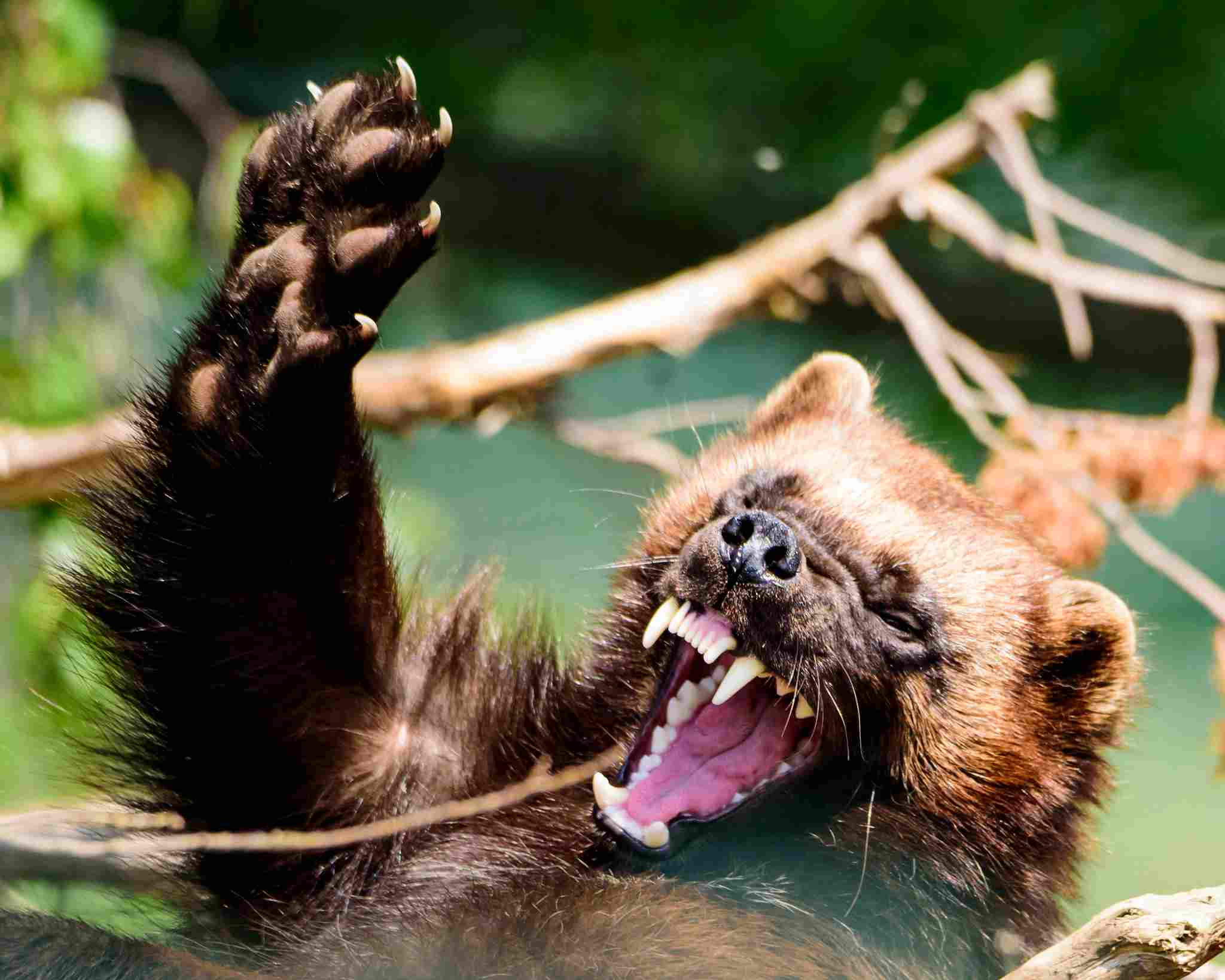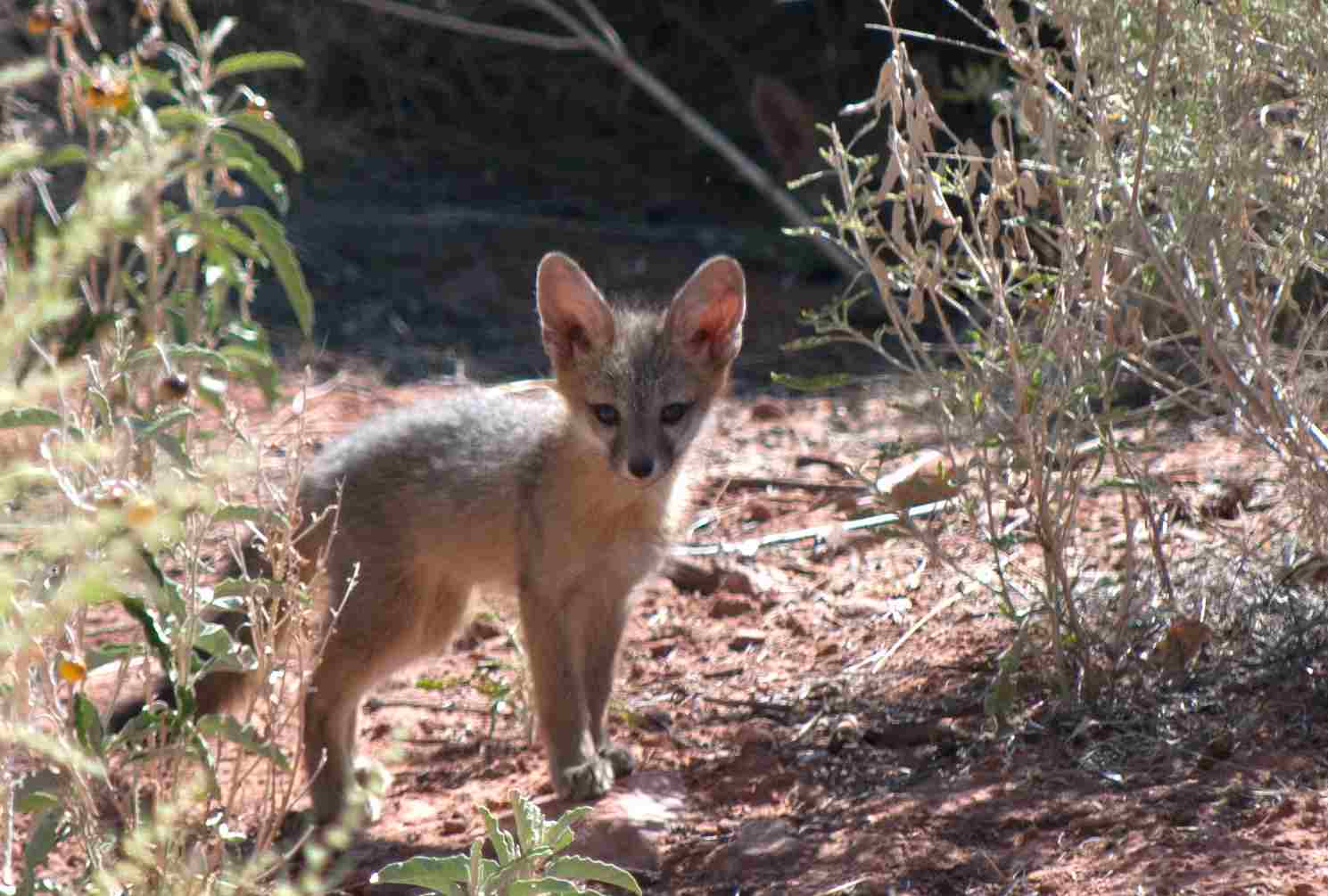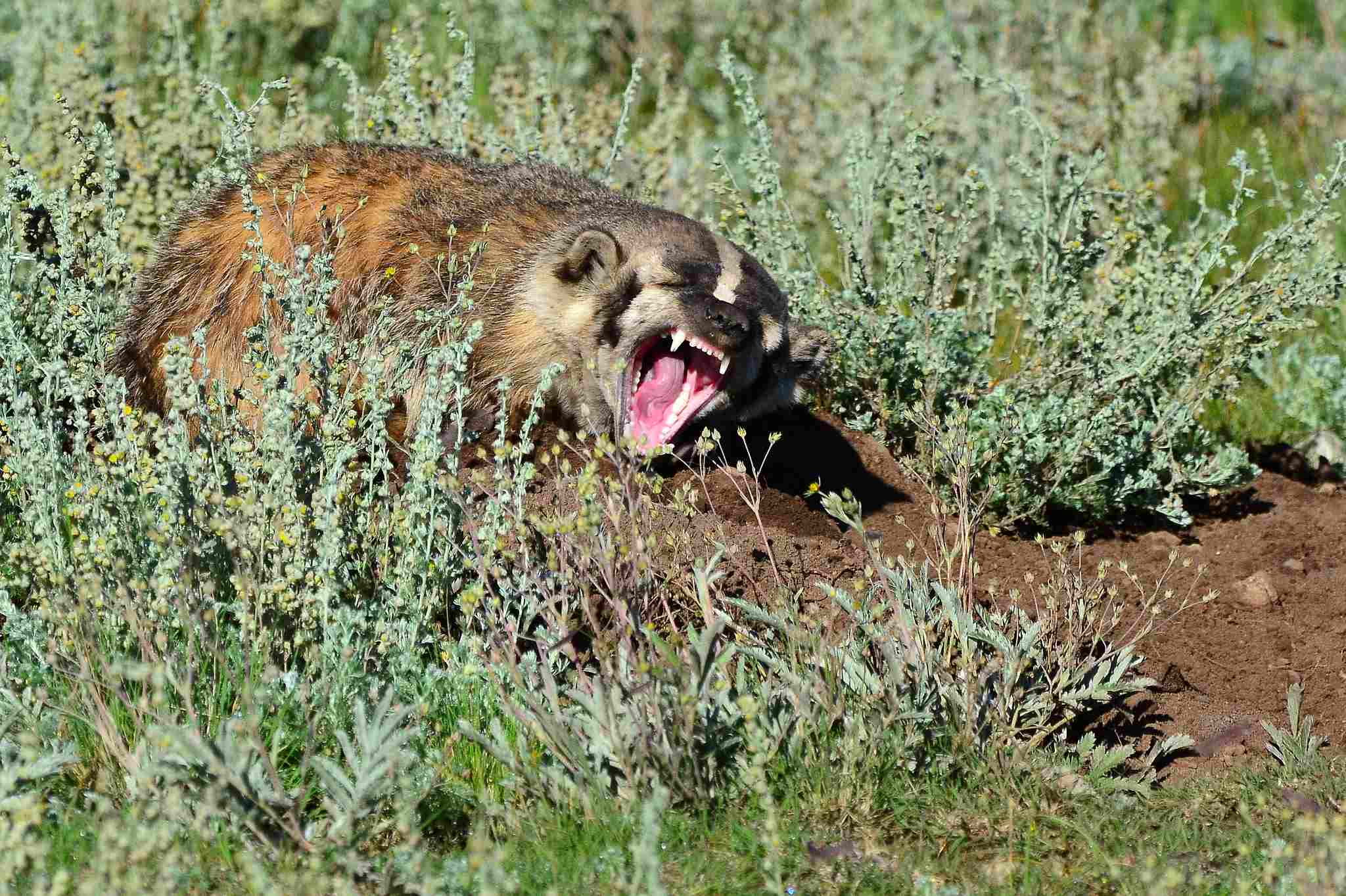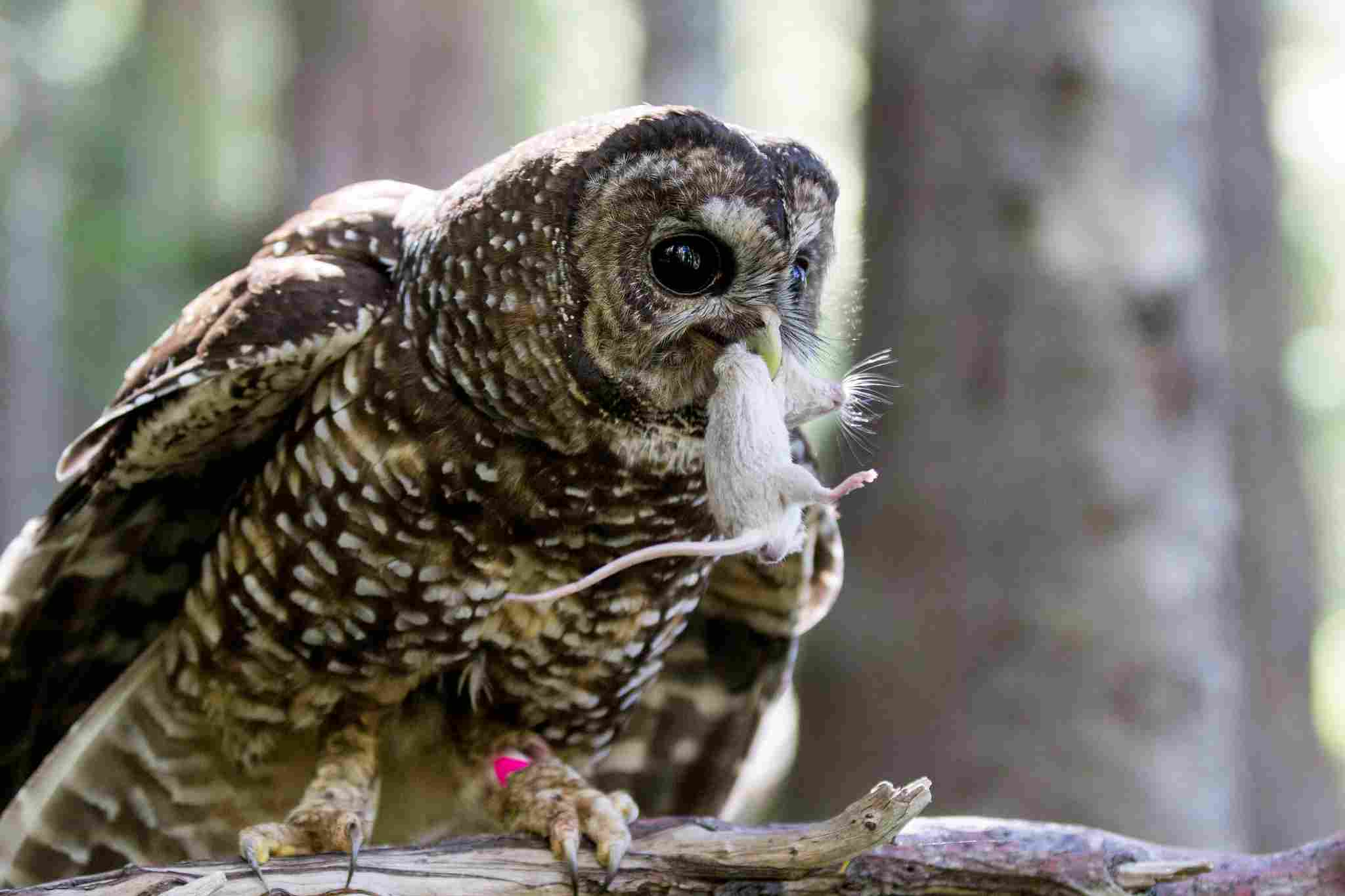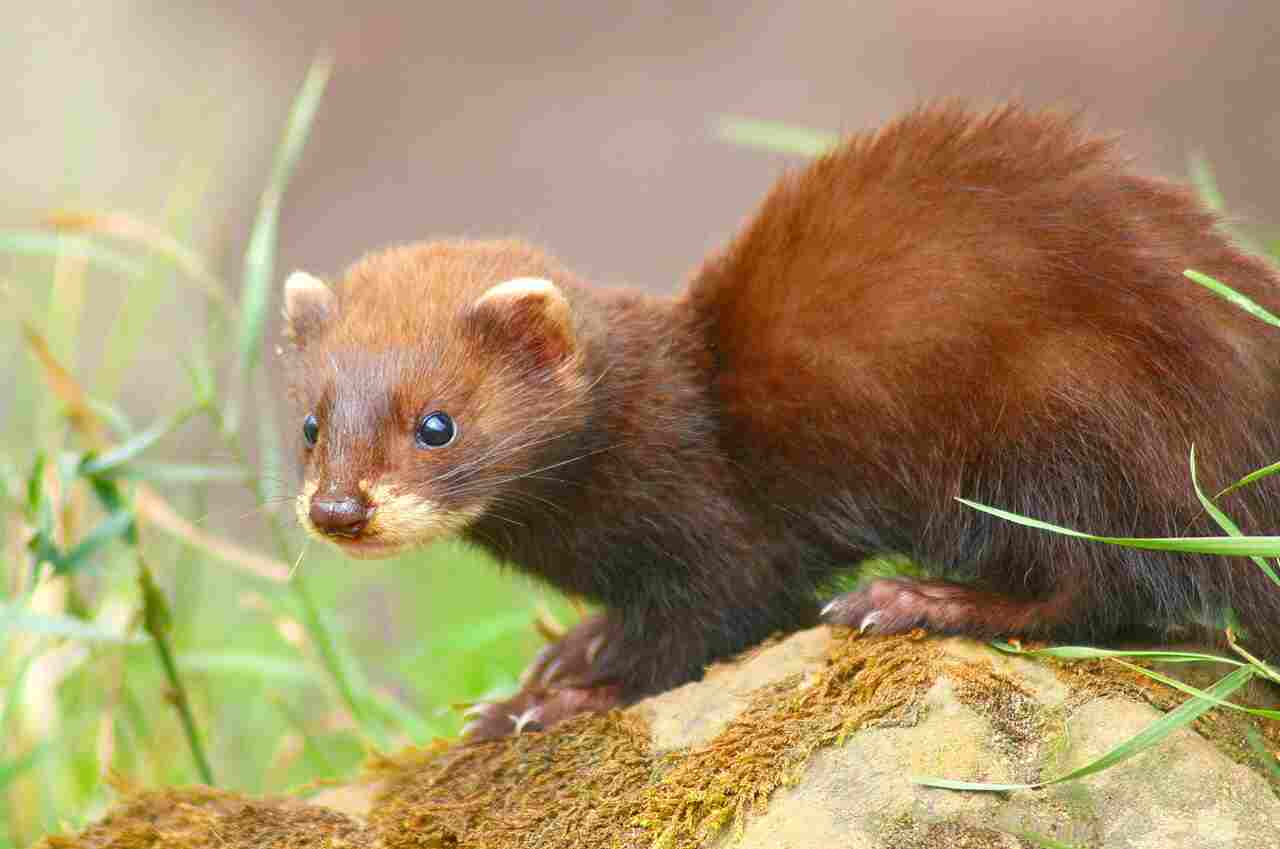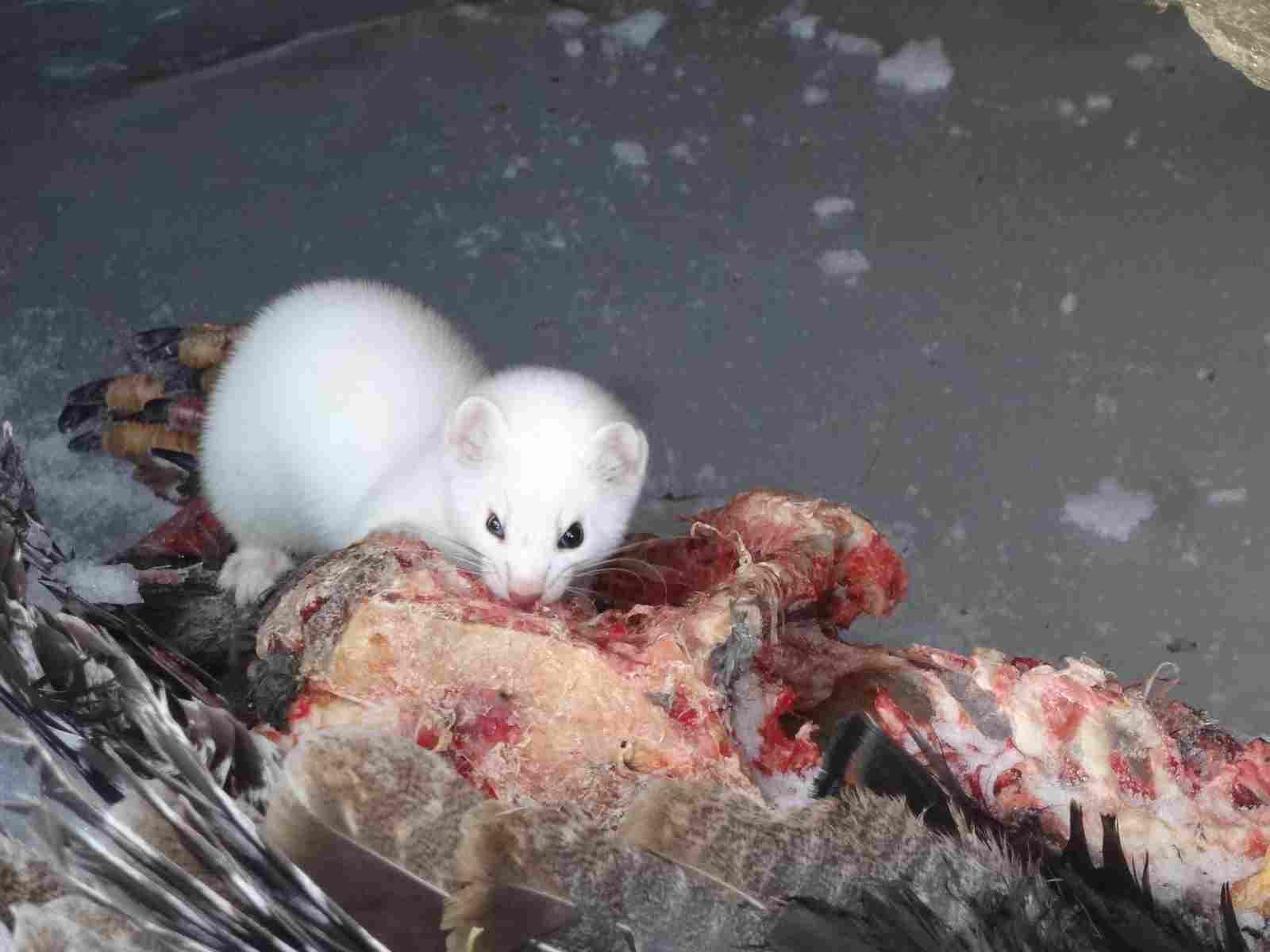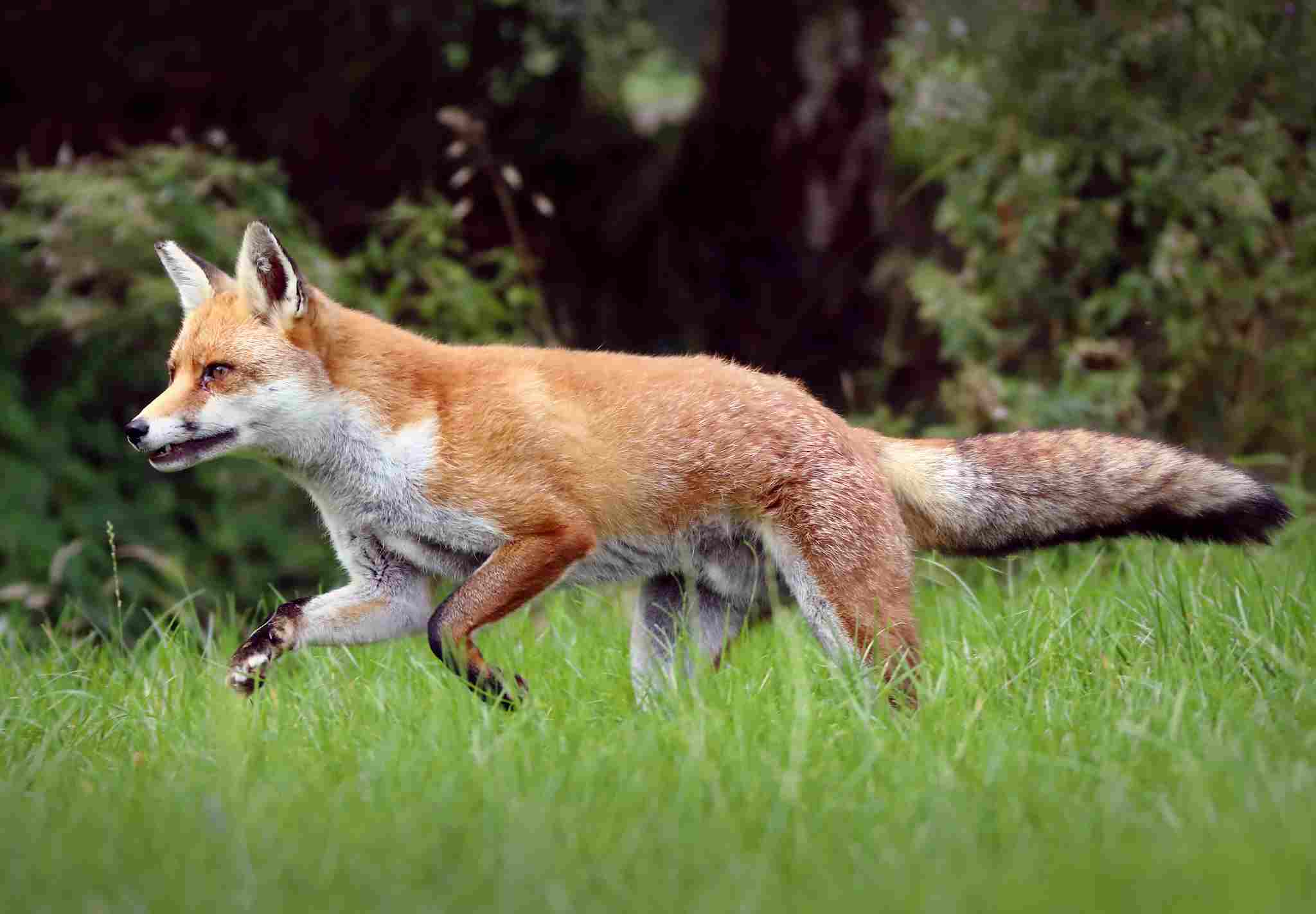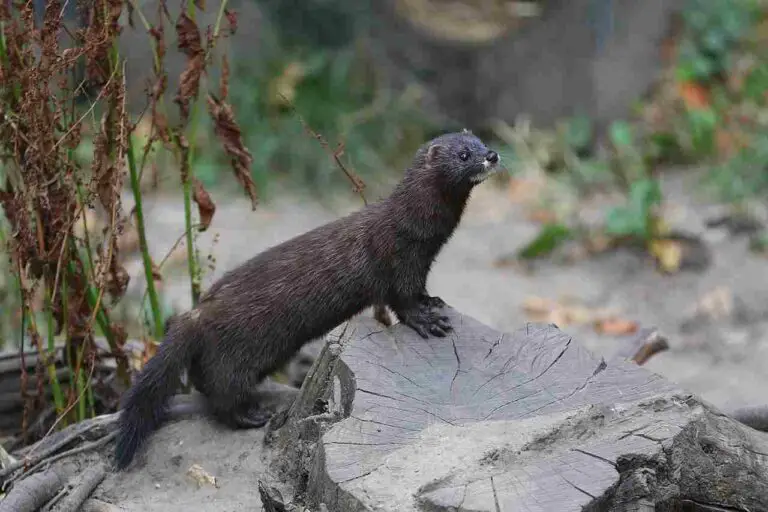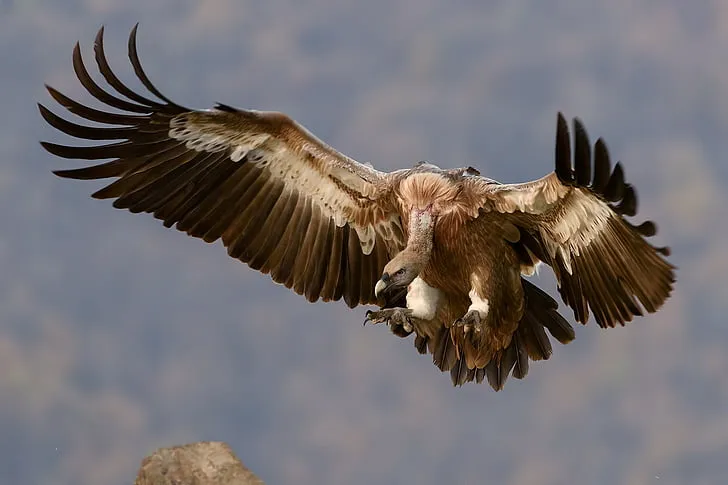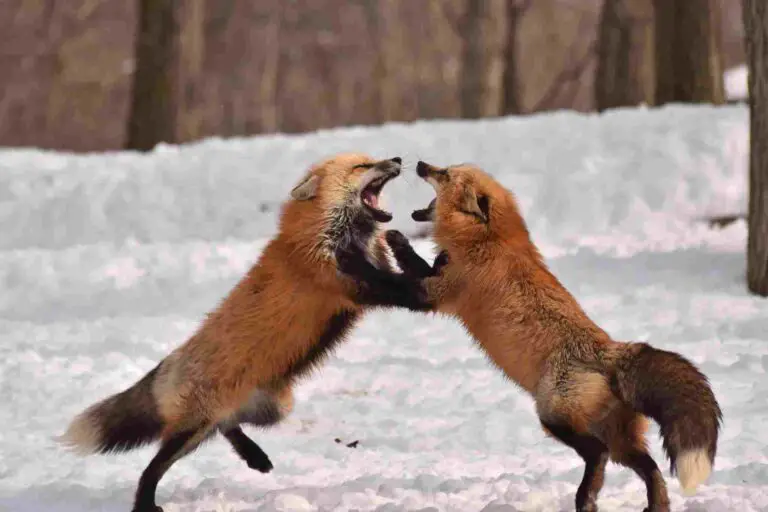9+ Predators In The Arctic Ecosystem Discussed
Examples of predators in the Arctic ecosystem are the wolverine, wolf, Arctic fox, and snowy owl. These predators play crucial roles in maintaining ecological balance by controlling various prey populations and recycling nutrients. Climate change and human activities are common threats to these predators, making conservation efforts essential for the health and stability of the Arctic ecosystem.
1. Wolverine
The wolverine, a member of the weasel family, is a formidable predator in the Arctic ecosystem. This stocky, muscular mammal is known for its incredible strength and ferocity, which belie its relatively small size. Wolverines have a thick, frost-resistant coat that keeps them warm in the harshest of conditions. They are highly adaptable and can thrive in a variety of Arctic and sub-Arctic environments, including tundra, boreal forests, and mountainous regions. Their diet is omnivorous, with a preference for meat, often scavenging from larger predators’ kills, but they are also capable hunters, taking down small to medium-sized mammals like rabbits, marmots, and even young deer.
Wolverines play a critical role in maintaining the balance of the Arctic ecosystem by keeping prey populations in check and cleaning up carrion. Their sharp claws and strong jaws allow them to rip through frozen meat, and their powerful sense of smell helps them locate food even beneath deep snow. Despite their fierce reputation, wolverines are generally solitary animals, coming together only for mating or territorial disputes. However, habitat loss and climate change pose significant threats to their survival, making conservation efforts crucial to protect these hardy Arctic predators.
2. Wolf
Wolves are apex predators in the Arctic ecosystem, known for their complex social structures and cooperative hunting strategies. Arctic wolves, a subspecies of the gray wolf, are well adapted to the extreme cold of their habitat. They have thicker fur and shorter ears and muzzles to minimize heat loss. Living in packs, wolves demonstrate remarkable teamwork when hunting large prey like caribou or musk oxen. This cooperative behavior gives them an advantage in the harsh Arctic environment, where survival often depends on strength in numbers.
Wolves play a vital role in maintaining the balance of the Arctic ecosystem by controlling herbivore populations, which in turn impacts plant communities. Their presence also influences the behavior of other predators and scavengers, contributing to a more dynamic and balanced ecosystem. Despite their importance, Arctic wolves face threats from climate change, habitat loss, and human activities. Conservation efforts are essential to ensure these magnificent predators continue to thrive in the Arctic wilderness.
3. Arctic Fox
The Arctic fox is a small but hardy predator that has adapted to the extreme conditions of the Arctic ecosystem. With a thick, insulating coat that changes color from brown in summer to white in winter, these foxes are well-camouflaged in their environment. They are opportunistic feeders, preying on small mammals like lemmings and voles, and also scavenging from larger predators’ kills. Their adaptability extends to their diet, as they can also consume birds, eggs, berries, and even marine life when available.
Arctic foxes play a crucial role in the ecosystem by controlling small mammal populations and serving as scavengers, helping to recycle nutrients back into the environment. Their dens, which are often extensive with multiple entrances, provide shelter for various other Arctic species. However, the Arctic fox faces threats from climate change, which affects the availability of prey, and from competition with red foxes, which are extending their range northward. Conservation measures are needed to ensure the continued survival of this resilient Arctic predator.
4. Snowy Owl
The snowy owl, a striking and iconic predator of the Arctic ecosystem, is known for its brilliant white plumage and large, piercing yellow eyes. These owls are well-suited to the Arctic tundra, where they hunt for small mammals like lemmings, their primary prey. Snowy owls are excellent hunters, using their keen eyesight and silent flight to surprise their prey. They can cover large territories in search of food, which can be challenging in the harsh Arctic environment.
Snowy owls play an essential role in controlling small mammal populations, which in turn affects the distribution and abundance of plant life in the tundra. They also serve as prey for larger predators, contributing to the complex food web of the Arctic ecosystem. However, snowy owls face threats from climate change, which can impact lemming populations, and from human activities like habitat disturbance and vehicle collisions. Conservation efforts are crucial to protect these majestic Arctic predators and ensure their continued presence in the wild.
5. Skua
Skuas are aggressive and opportunistic predators that thrive in the Arctic ecosystem. These seabirds are known for their strong flying abilities and fierce behavior, often preying on other birds’ eggs and chicks. Skuas are highly adaptable and can survive on a varied diet, which includes fish, small mammals, and carrion. Their aggressive nature allows them to dominate other birds in their territory, securing valuable food resources even in the harsh conditions of the Arctic.
Skuas play a unique role in the Arctic ecosystem by controlling bird populations and cleaning up carrion, which helps maintain a balanced ecosystem. Their predatory behavior can influence the nesting habits of other birds, leading to changes in the distribution of bird colonies across the Arctic. Despite their adaptability, skuas face threats from climate change and human activities, such as pollution and habitat disturbance. Conservation efforts are needed to ensure these bold and resilient predators continue to thrive in the Arctic environment.
6. Gyrfalcon
The gyrfalcon is the largest of all falcons and a top predator in the Arctic ecosystem. Known for their speed and agility, gyrfalcons are skilled hunters, preying primarily on birds like ptarmigan and waterfowl. They have a powerful build and strong talons, allowing them to catch and subdue prey with precision. Gyrfalcons are well adapted to the Arctic environment, with dense feathers for insulation and a robust constitution that allows them to endure harsh conditions.
Gyrfalcons play an important role in controlling bird populations, which in turn impacts the balance of the Arctic ecosystem. Their presence also indicates a healthy environment, as they are sensitive to changes in prey availability and habitat quality. However, these magnificent birds face threats from climate change and human activities, including illegal hunting and habitat destruction. Conservation efforts are essential to protect gyrfalcons and ensure their continued success in the Arctic wilderness.
7. Peregrine Falcon
The peregrine falcon is renowned for being the fastest animal on Earth, reaching speeds of over 200 miles per hour in a hunting dive. In the Arctic ecosystem, these falcons are skilled hunters, preying on a variety of birds like pigeons, ducks, and gulls. Their powerful wings and keen eyesight make them formidable predators, capable of spotting and capturing prey from great distances. Peregrine falcons often nest on high cliffs, providing them with an excellent vantage point to spot prey.
Peregrine falcons play an important role in maintaining the balance of bird populations in the Arctic ecosystem. Their hunting habits help control the numbers of various bird species, which can have a ripple effect throughout the ecosystem. Despite their incredible speed and hunting prowess, peregrine falcons have faced significant threats in the past, particularly from the use of pesticides like DDT. Conservation efforts, including banning harmful chemicals and protecting nesting sites, have helped peregrine falcons recover, but ongoing vigilance is needed to ensure their continued success in the Arctic.
8. Polar Bear
Polar bears are the largest land carnivores and apex predators in the Arctic ecosystem. Known for their massive size and powerful build, these bears are highly specialized for life on the sea ice, where they primarily hunt seals. Their thick fur and blubber layers provide insulation against the extreme cold, while their large paws are designed for swimming and walking on ice. Polar bears are patient hunters, often waiting near seal breathing holes or stalking seals on the ice.
Polar bears play a crucial role in the Arctic ecosystem by regulating seal populations and influencing the dynamics of the marine environment. However, they are among the most vulnerable predators to climate change, as the loss of sea ice threatens their primary habitat and hunting grounds. As the ice recedes, polar bears are forced to travel greater distances to find food, leading to increased energy expenditure and reduced reproductive success. Conservation efforts are critical to ensure the survival of these iconic Arctic predators in a rapidly changing world.
9. Orca
Orcas, also known as killer whales, are apex predators in the Arctic marine ecosystem. These highly intelligent and social animals are known for their complex social structures and cooperative hunting techniques. Orcas have a varied diet, preying on fish, seals, penguins, and even other whales. They are highly adaptable, capable of thriving in a wide range of marine environments, from polar waters to temperate seas. Orcas use sophisticated communication and teamwork to coordinate their hunting strategies, often creating waves to knock prey off ice floes or corralling fish into tight groups.
Orcas play a critical role in the Arctic ecosystem by regulating marine life populations and contributing to the health of the ocean’s food web. However, orcas face significant threats from climate change, which affects their prey availability, and from human activities like pollution and overfishing. Additionally, the loss of sea ice can alter their habitat and hunting grounds, impacting their ability to find food. Conservation efforts are essential to protect orcas and ensure the long-term health of the Arctic marine ecosystem.
10. Sea Star
Sea stars, commonly known as starfish, are unique predators in the Arctic marine ecosystem. Although they move slowly, sea stars are efficient predators, preying on mollusks, crustaceans, and other small marine organisms. They have a remarkable ability to regenerate lost limbs, allowing them to survive various threats. Sea stars play a significant role in maintaining the balance of the marine ecosystem by controlling the populations of their prey and recycling nutrients through their feeding habits.
Sea stars are also indicators of ecosystem health, as their presence or absence can signal changes in the marine environment. However, they face threats from climate change, ocean acidification, and pollution, which can affect their ability to thrive. Conservation efforts are crucial to protect these fascinating predators and ensure the continued health of the Arctic marine ecosystem. By maintaining a diverse and balanced marine environment, sea stars contribute to the overall stability of the Arctic ecosystem.
*Summary
-
Wolverine
-
Stocky, muscular predator in the Arctic ecosystem.
-
Thick frost-resistant coat, omnivorous diet.
-
Plays a role in maintaining prey populations and cleaning up carrion.
-
-
Wolf
-
Apex predator with cooperative hunting strategies.
-
Controls herbivore populations, affecting plant communities.
-
Faces threats from climate change, habitat loss, and human activities.
-
-
Arctic Fox
-
Adapted to Arctic with a color-changing coat.
-
Opportunistic feeder, preys on small mammals, birds, and scavenges.
-
Plays a role in maintaining small mammal populations.
-
-
Snowy Owl
-
Hunts small mammals, primarily lemmings.
-
Controls small mammal populations, affecting plant life.
-
Threatened by climate change and human activities.
-
-
Skua
-
Aggressive seabird that preys on other birds’ eggs and chicks.
-
Helps control bird populations and cleans up carrion.
-
Threatened by climate change and human disturbances.
-
-
Gyrfalcon
-
Largest of all falcons, preys on birds.
-
Important for controlling bird populations.
-
Faces threats from climate change and human activities.
-
-
Peregrine Falcon
-
Fastest animal, preys on a variety of birds.
-
Helps maintain balance of bird populations.
-
Threatened by past pesticide use and current human disturbances.
-
-
Polar Bear
-
Largest land carnivore, hunts seals on the sea ice.
-
Regulates seal populations, plays a role in marine ecosystem balance.
-
Threatened by climate change due to sea ice loss.
-
-
Orca
-
Apex marine predator, hunts fish, seals, and other whales.
-
Influences marine life populations, complex social behavior.
-
Threatened by climate change and human activities.
-
-
Sea Star
-
Predates on mollusks and crustaceans, controls prey populations.
-
Plays a role in recycling nutrients.
-
Threatened by climate change and ocean acidification.
-
| Predator |
Role/Characteristic
|
| Wolverine |
Thick coat, omnivorous, maintains prey populations
|
| Wolf |
Apex predator, cooperative hunting, regulates herbivore populations
|
| Arctic Fox |
Color-changing coat, opportunistic feeder, scavenger
|
| Snowy Owl |
Controls small mammal populations, threats from climate change
|
| Skua |
Aggressive seabird, controls bird populations
|
| Gyrfalcon |
Largest falcon, preys on birds, sensitive to habitat changes
|
| Peregrine Falcon |
Fastest animal, controls bird populations
|
| Polar Bear |
Largest land carnivore, hunts seals, threatened by sea ice loss
|
| Orca |
Apex marine predator, complex social structures
|
| Sea Star |
Predates on mollusks, controls prey populations, nutrient recycling
|
